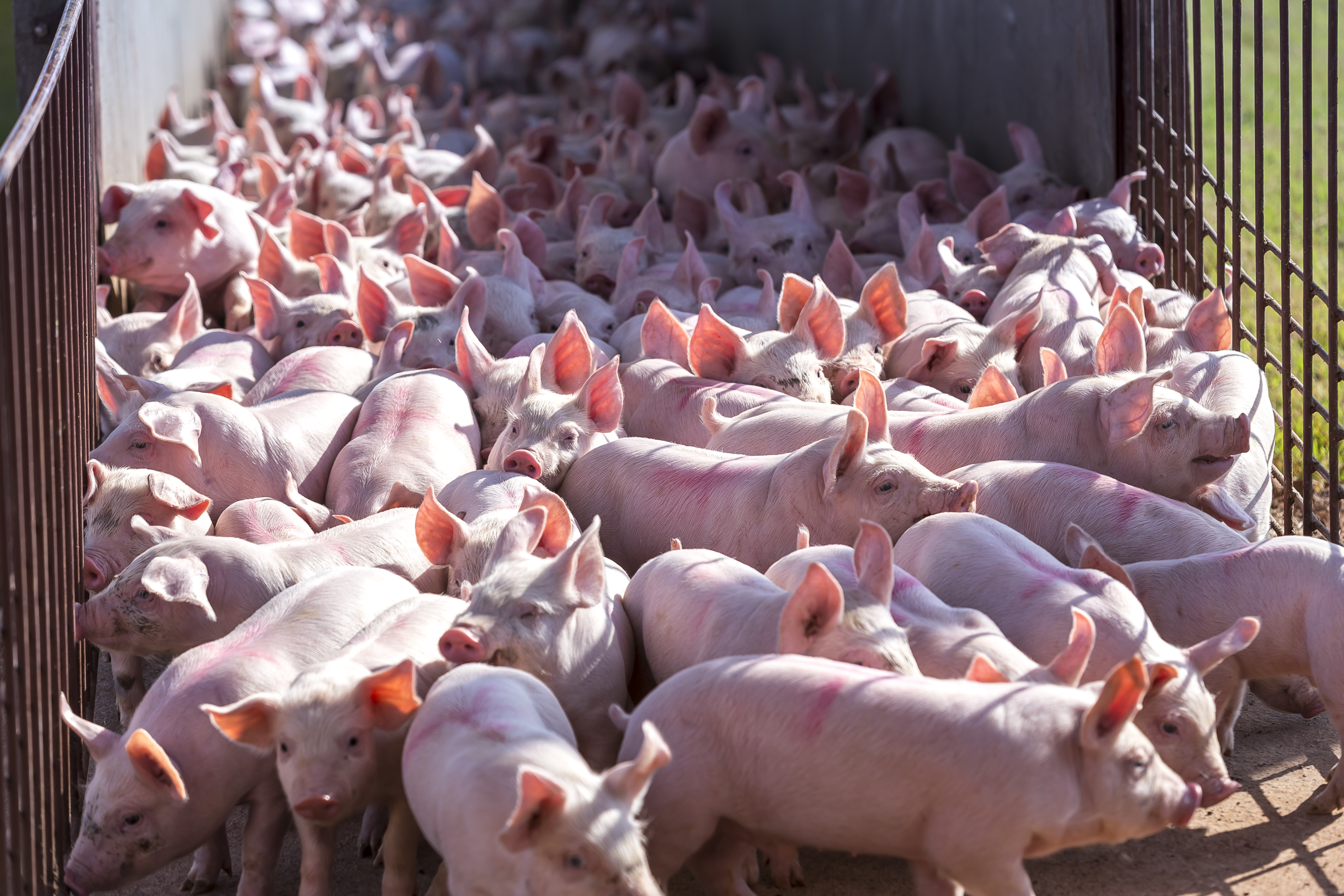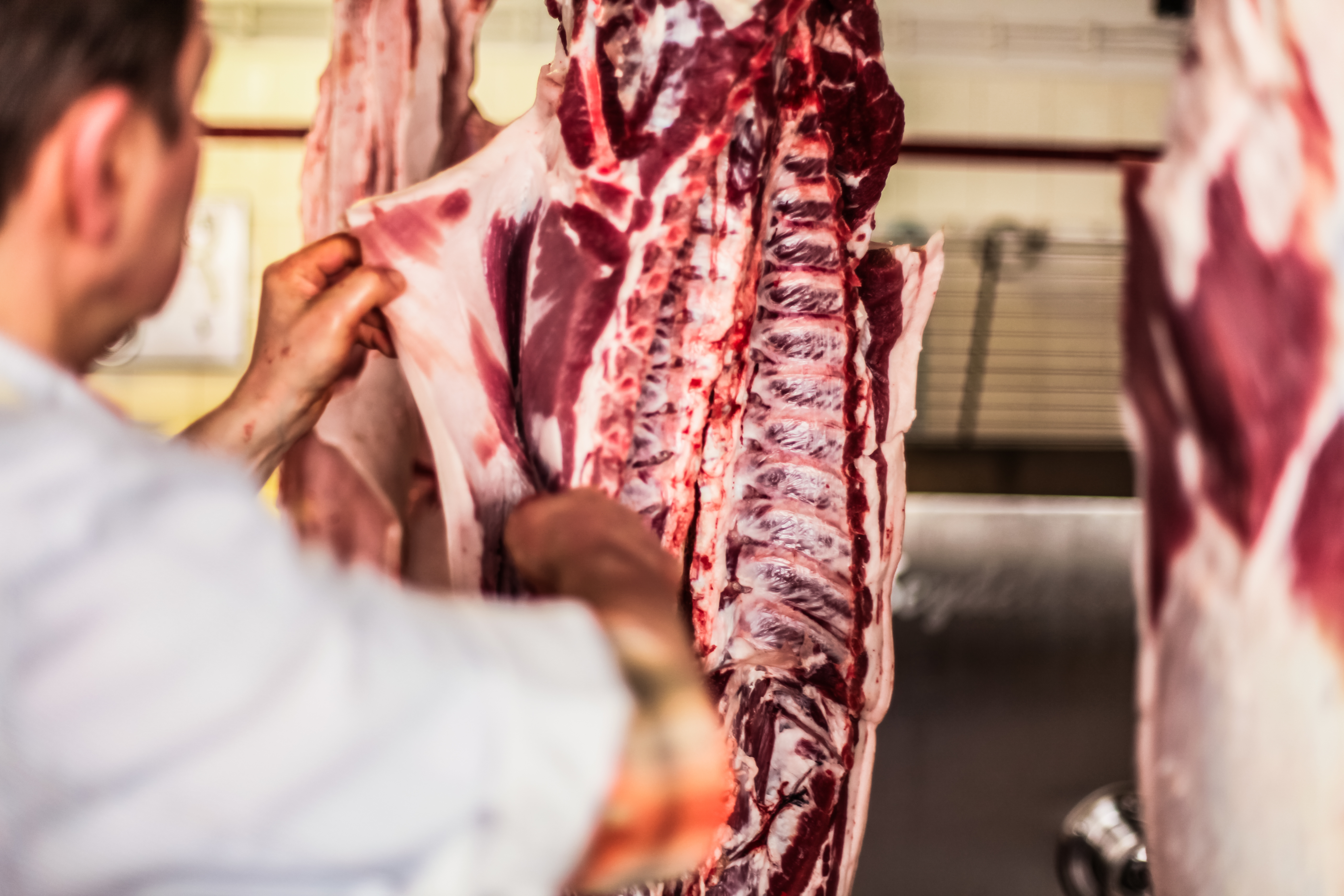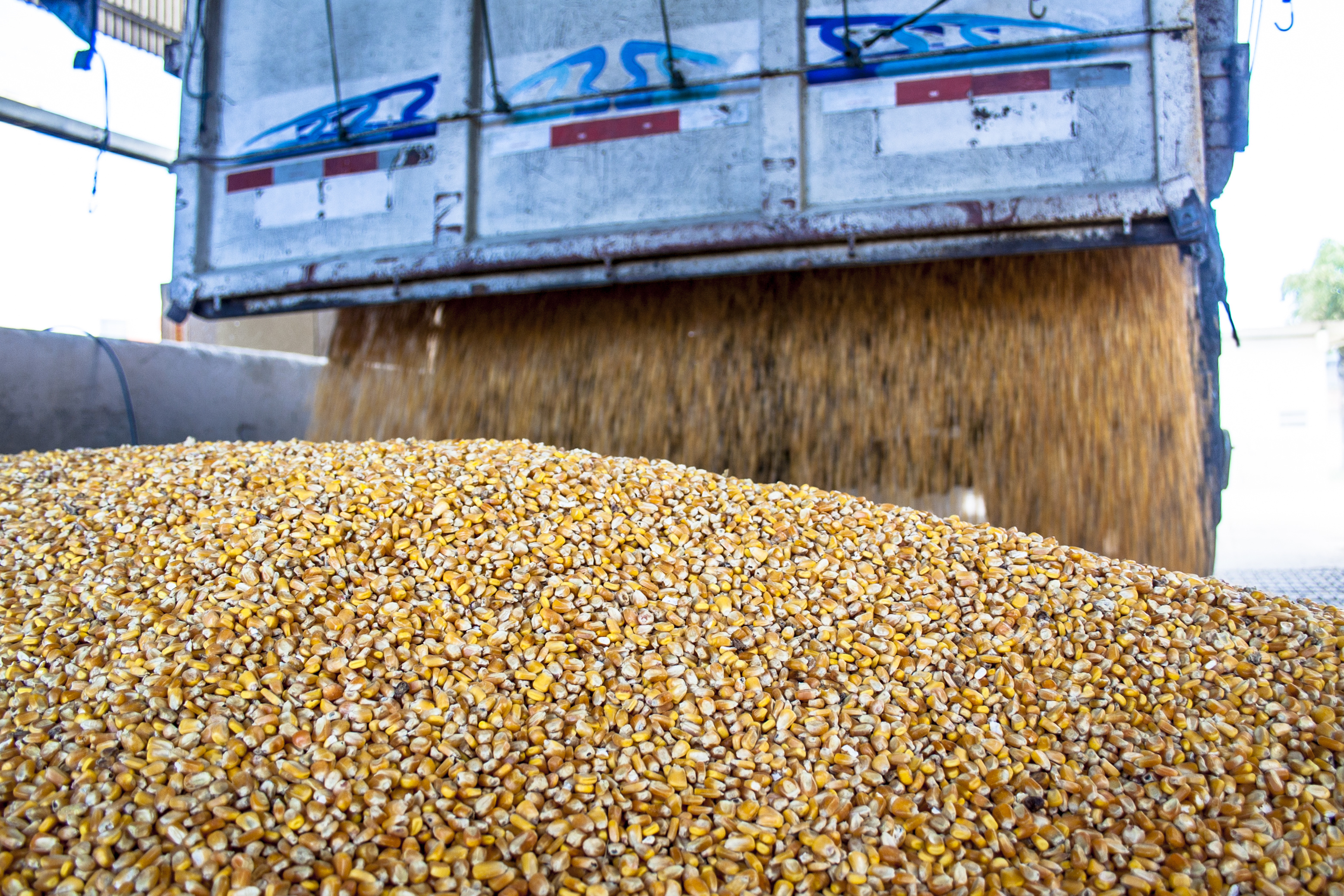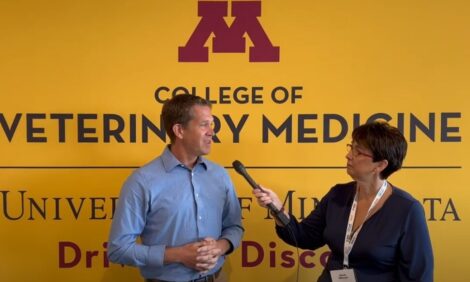



Pig outlook: Lean hog futures bulls fade this week, need to step up
USDA makes additional moves to improve meat processing capacity and global food prices continue to rise.The pig trader's perspective
After December lean hog futures prices shot higher the past two weeks, this week has seen a normal downside correction from the strong gains. The hog market bulls still have the near-term technical advantage but need to step up and show power soon to keep it.

© Jim Wyckoff
Packing margins have climbed in recent weeks, with HedgersEdge.com estimating them at $66.80 per head as of Tuesday, up $8.60 from the week prior. Seasonal studies suggest one more week of strength for US cash hog index and pork product market.
The next week’s likely high-low price trading ranges:
- December lean hog futures-$80.00 to $86.25 and with a sideways-higher bias
- December soybean meal futures-$320.00 to $335.00, and with a sideways bias
- December corn futures-$5.20 to $5.50 and a sideways-higher bias

Latest news from the US pork sector
US pork export sales drop in latest week
USDA Thursday reported US pork net sales of 22,100 metric tonnes (MT) for 2021 were down 48% from the previous week and 34% from the prior four-week average. Increases were primarily for Mexico (16,000 MT, including decreases of 600 MT), Colombia (1,700 MT, including decreases of 700 MT), Canada (1,200 MT, including decreases of 1,100 MT), South Korea (1,000 MT, including decreases of 200 MT), and Japan (700 MT, including decreases of 1,100 MT). For 2021/2022, net sales of 529,300 MT were primarily for Mexico (172,000 MT), unknown destinations (150,000 MT), Colombia (129,100 MT), and Japan (50,000 MT).
Exports of 29,000 MT were down 4% from the previous week and from the prior four-week average. The destinations were primarily to Mexico (14,600 MT), China (4,200 MT), Japan (3,200 MT), Canada (1,600 MT), and South Korea (1,500 MT).
USDA lays out loan guarantee program to target middle of the food chain
USDA is still working on expanding meat processing capacity. USDA Secretary Tom Vilsack has announced a $100 million loan guarantee effort that seeks to address supply chain bottlenecks.

While details of the effort are yet to come, Vilsack said the $100 million program is aimed at the “middle of the supply chain” and targeting entities that “aggregate, process, manufacture, wholesale or distribute food.” Vilsack also suggested the loan guarantees can help jumpstart additional investments to bolster the food supply chain. Funding for the effort came via the March COVID-19 aid package.
Among the areas that the loan guarantee program could address are mobile units that travel in remote rural areas for processing and processing by co-ops, Vilsack said. Lenders are not always as familiar with those processing methods, he said. Vilsack said he was “not sure” the processing loan guarantees would be limited to meat and poultry, but could also help the fruit and vegetable industry, which has also talked about the importance of cold storage capacity.
Other food industry news from across the globe
USDA reports on China feed grains
USDA this week said China’s total feed grain and residual use in MY 2021/22 is forecast at 273.0 million metric tonnes (MMT), an increase of 5.5 MMT, or only 2% over MY 2020/21. Overall feed production is projected to rise slightly during the remainder of 2021 and into 2022 as the poultry sector expands to meet growing demand and the swine herd contracts. After a decline in 2021, chicken meat production is forecast to rebound by 2% to 14.3 MMT in 2022 as large-scale white feather (“broiler”) producers utilize expanded production facilities.
China’s hog production is forecast to decline by 5% in 2022 though USDA expects greater concentration in large-scale operations using professional feed formulas. Low swine and pork prices and disease outbreaks in late 2020 and early 2021 led to significant slaughter and delayed restocking. Cattle and beef production will grow slowly in 2022, too.
According to data from China’s feed industry association, July swine feed production increased 1.9% month-over-month and 41.6% year-over-year. July poultry feed production declined 2.2% from last year. The Ministry of Agricultural Affairs (MARA) reported China’s hog inventory increased 0.8% month-on-month in July, while the sow inventory declined 0.5% month-on-month. This is notable as it was the first decline in the sow inventory number in 21 months.
World food prices continue to rise
Global food prices climbed 1.2% in September, according to the Food and Agriculture Organization of the United Nations’ (FAO’s) food price index. The index climbed 1.5 points from August to a reading of 130 points in September, which was up 32.1 points (32.8%) from September 2020 and a 10-year high.

“The latest rise of the FFPI was largely driven by higher prices of most cereals and vegetable oils,” FAO says. On the production front, FAO comments that while it still expects a record-setting global cereal crop of 2.8 billion MT in 2021, that would still fall short of anticipated consumption, drawing down inventories.
FAO raised its global wheat crop estimate by 7.2 MMT to 776.7 MMT, which would be in line with the 2020 crop. It cited higher yield estimates for some areas of Eastern Europe like Ukraine and strong production prospects in Australia.







